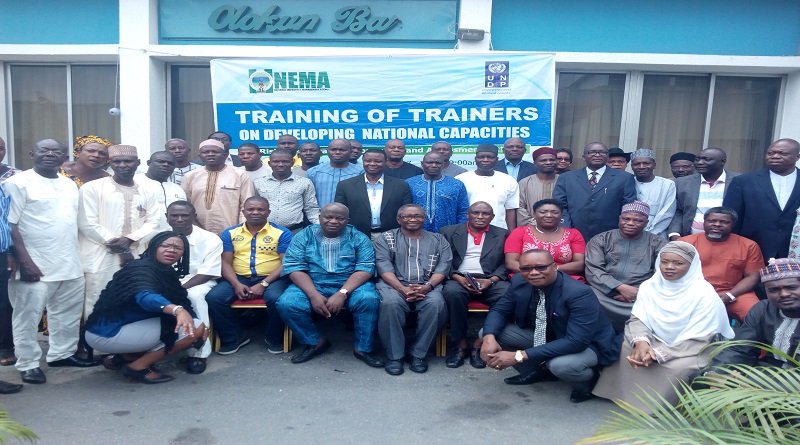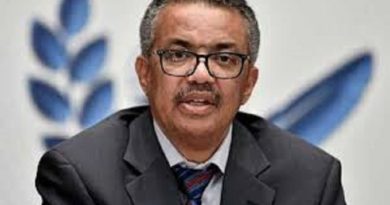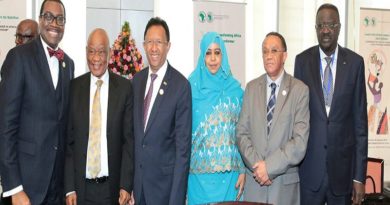Experts develop training manual for RIMA
A draft manual that will be use in training people across the country towards developing national capacities for Risk Identification, Monitoring and Assessment (RIMA) emerged at the weekend in Lagos after a two-day workshop put together by the National Emergency Management Agency (NEMA) and the United Nations Development Programme (UNDP).
The workshop, attended by scholars from the six Centre for Disaster Risk Management and Development Studies (CDRMDS) located in six universities across the geo-political zones including University of Maiduguri for the North-East; Ahmadu Bello University, Zaria for the North-West; Federal University of Technology, Minna for the North-Central; University of Port Harcourt for the South-South; University of Nigeria for the South-East and University of Ibadan for the South-West also had in attendance the Beyelsa State Emergency Management Agency, Lagos State Emergency Management and Kaduna State Emergency Management Agency was held from 6-7 September, 2017 .
Couple of years back, the National Emergency Management Agency with the support of United Nations Development Programme (UNDP) commissioned a study to develop: (a) a guide for RIMA conduct, (b) a programme for developing National Capacity and Capability in RIMA (c) a country-wide action programme for undertaking RIMA.
Towards operationalizing this, a standardized National Core Technical capability in RIMA is required where the six national centres of excellence for DRR recognised as the potential regional hub to facilitate the RIMA training in each geo-political zone.
Deputy Director, Disaster Risk Reduction Department, NEMA, Mr. Benjamin Oghenah, told Ecogreen News that the essence of developing the manual is to have uniform model that can be use nationally both in content and methodology and apply across the country.
Specifically, he said region is expected to domesticate the document to their own peculiarity through the centre located in each of the geo-political zones that will serve as the regional hub.
“We are hoping that the UNDP will provide the support so that each centre will now go back to the states within their region and undertake the RIMA,” he remarked.
Asked why three SEMA’s participated in the workshop, he said the three were invited to know if the model will work or not through their experiences in the various states.
Participants also suggested that technical languages in the manual should be simplified to make if effective during training period and also to ensure that people get the message right.
Team from the six centres made presentations on the content of the manual under different titles which include disaster risk assessment within disaster risk management and development context; framework and guidance on risk assessment; Risk Analysis applications to various hazards situations and development opportunities; planning and management of RIMA and states preparedness planning.




